
Kay Francis was an American stage and film actress. After a brief period on Broadway in the late 1920s, she moved to film and achieved her greatest success between 1930 and 1936, when she was the number one female star and highest-paid actress at Warner Bros. studio. She adopted her mother's maiden name (Francis) as her professional surname.
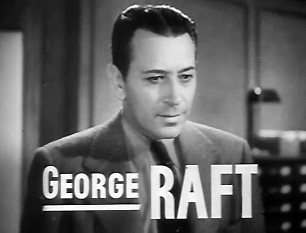
George Raft was an American film actor and dancer identified with portrayals of gangsters in crime melodramas of the 1930s and 1940s. A stylish leading man in dozens of movies, Raft is remembered for his gangster roles in Quick Millions (1931) with Spencer Tracy, Scarface (1932) with Paul Muni, Each Dawn I Die (1939) with James Cagney, Invisible Stripes (1939) with Humphrey Bogart, and Billy Wilder's comedy Some Like It Hot (1959) with Marilyn Monroe and Jack Lemmon; and as a dancer in Bolero (1934) with Carole Lombard and a truck driver in They Drive by Night (1940) with Ann Sheridan, Ida Lupino and Bogart.
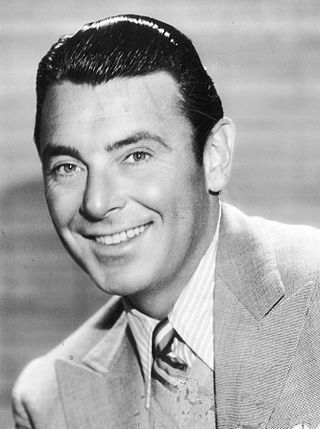
George Brent was an Irish-American stage, film, and television actor. He is best remembered for the eleven films he made with Bette Davis, which included Jezebel and Dark Victory.

The Saint Strikes Back is a 1939 American crime film directed by John Farrow. It marks the second cinematic incarnation of the antihero crimefighting character Simon Templar, alias "The Saint". George Sanders replaced Louis Hayward, who had played the Saint in The Saint in New York. The movie was produced by RKO and also featured Wendy Barrie as female gang leader Val Travers. Barrie would appear in two more Saint films, playing different roles each time, though not in the next film in the series, The Saint in London. This was the second of eight films in RKO's film series about The Saint, and the first of five with Sanders in the title role.

John Villiers Farrow, KGCHS was an Australian film director, producer, and screenwriter. Spending a considerable amount of his career in the United States, in 1942 he was nominated for the Academy Award for Best Director for Wake Island, and in 1957 he won the Academy Award for Best Adapted Screenplay for Around the World in Eighty Days. He had seven children by his wife, actress Maureen O'Sullivan, including actress Mia Farrow.
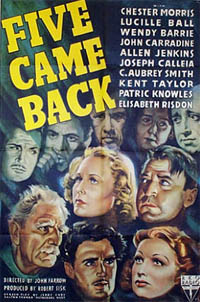
Five Came Back is a 1939 American black-and-white melodrama from RKO Radio Pictures produced by Robert Sisk, directed by John Farrow, written by Jerry Cady, Dalton Trumbo, and Nathanael West, and starring Chester Morris and Lucille Ball. The film was photographed by cinematographer Nicholas Musuraca. Although considered a B movie, the positive notices received by Ball helped launch her career as an A-list actress. Five Came Back is considered a precursor of the disaster film genre. The supporting cast features Wendy Barrie, John Carradine, C. Aubrey Smith, Kent Taylor, and Patric Knowles.

The Sisters is a 1938 American drama film produced and directed by Anatole Litvak and starring Errol Flynn and Bette Davis. The screenplay by Milton Krims is based on the 1937 novel of the same title by Myron Brinig.
Seton Ingersoll Miller was an American screenwriter and producer. During his career, he worked with film directors such as Howard Hawks and Michael Curtiz. Miller received two Oscar nominations and won once for Best Screenplay for the 1941 fantasy romantic comedy film, Here Comes Mr. Jordan, along with Sidney Buchman.
The Invisible Menace is a 1938 American mystery film directed by John Farrow and starring Boris Karloff. It was also known as Without Warning.

Footsteps in the Dark is a 1941 American comedy mystery film directed by Lloyd Bacon and starring Errol Flynn, Brenda Marshall and Ralph Bellamy. It was produced and distributed by Warner Bros. Flynn plays a novelist and amateur detective investigating a murder. It takes its title from the 1935 play Footsteps in the Dark by Ladislas Fodor and also used material from the 1937 play Blondie White by Jeffrey Dell.
Sorority House is a 1939 American drama film starring Anne Shirley and James Ellison. The film was directed by John Farrow and based upon the Mary Coyle Chase play named Chi House.
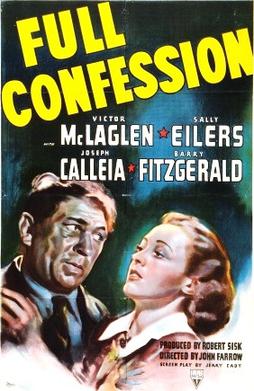
Full Confession is a 1939 United States proto film-noir, crime drama film made by RKO Radio Pictures. It was directed by John Farrow from an adaptation by Jerome Cady of Leo Birinski's story. The film stars Victor McLaglen, Sally Eilers, Barry Fitzgerald and Joseph Calleia.

My Bill is a 1938 American drama film starring Kay Francis as a poor widow raising four children. It was based on the play Courage by Tom Barry.
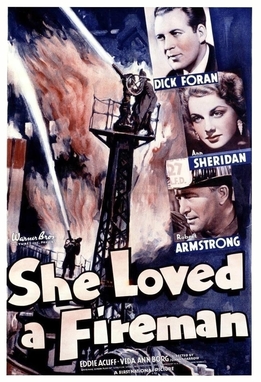
She Loved a Fireman is a 1937 American action drama film directed by John Farrow and starring Dick Foran and Ann Sheridan.
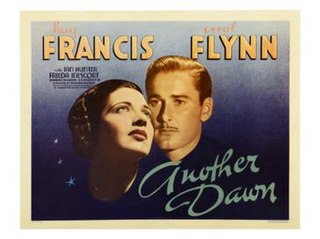
Another Dawn is a 1937 American melodrama film directed by William Dieterle and starring Errol Flynn, Kay Francis and Ian Hunter. It is based on Somerset Maugham's 1919 play Caesar's Wife. It was produced and distributed by Warner Brothers. The film received dismissive reviews.
Married and in Love is a 1940 American film directed by John Farrow.

Women in the Wind is a 1939 film directed by John Farrow and starring Kay Francis, William Gargan and Victor Jory. The plot concerns women pilots competing in the so-called "Powder Puff Derby", an annual transcontinental air race solely for women.
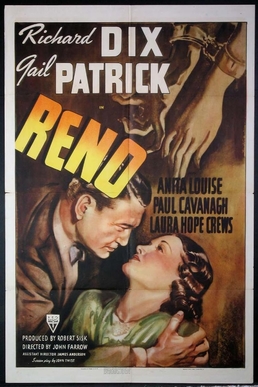
Reno is a 1939 American drama film directed by John Farrow and starring Richard Dix, Gail Patrick and Anita Louise.
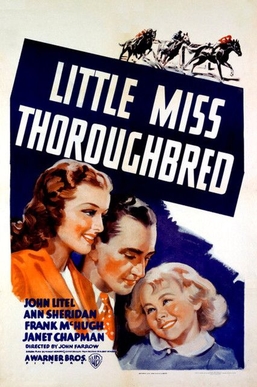
Little Miss Thoroughbred is a 1938 film directed by John Farrow. Peggy Ann Garner made her debut in the film. It was also known as Little Lady Luck.

Broadway Musketeers is a 1938 American musical drama film directed by John Farrow for Warner Bros. Starring Margaret Lindsay, Ann Sheridan and Marie Wilson as three women who grew up in an orphanage and cross paths later in life, it is a remake of the Warners pre-code crime drama film, Three on a Match.
















